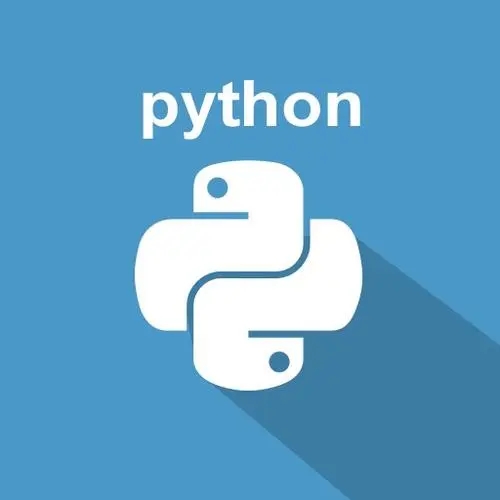在上一篇的文章之中我们讲解了条件语句中的单个条件和多个条件的情况。今天的这篇文章我们来讲解一下python条件语句中剩下的几种情况。
如果判断需要多个条件需同时判断时,可以使用 or (或),表示两个条件有一个成立时判断条件成功;使用 and (与)时,表示只有两个条件同时成立的情况下,判断条件才成功。同时进行判断的例子如下:
#!/usr/bin/python
# -*- coding: UTF-8 -*-
num = 9
if num >= 0 and num <= 10: # 判断值是否在0~10之间
print 'hello'
# 输出结果: hello
num = 10
if num < 0 or num > 10: # 判断值是否在小于0或大于10
print 'hello'
else:
print 'undefine'
# 输出结果: undefine
num = 8
# 判断值是否在0~5或者10~15之间
if (num >= 0 and num <= 5) or (num >= 10 and num <= 15):
print 'hello'
else:
print 'undefine'
# 输出结果: undefine当if有多个条件时可使用括号来区分判断的先后顺序,括号中的判断优先执行,此外 and 和 or 的优先级低于>(大于)、。
除了上面提到的多个条件同时进行判断的情况和上一篇文章所提到的两种情况以外还有一种是简单的语句组。你可以在同一行的位置上使用if条件判断语句,如下实例:
#!/usr/bin/python # -*- coding: UTF-8 -*- var = 100 if ( var == 100 ) : print "变量 var 的值为100" print "Good bye!"
像这个样子的话会输出的内容如下:
立即学习“Python免费学习笔记(深入)”;
变量 var 的值为100 Good bye!
(if 语句的判断条件可以用>(大于)、=(大于等于)、
以上就是Python的条件语句的另外两种情况,结合上一篇文章的两种,一共对于Python条件语句的四种情况进行了举例与说明,希望可以对刚刚学习python的你有所帮助,帮助你学习python变得更加轻松。
【相关推荐】
以上就是python中的条件语句怎么写02:同时判断与简单的语句组的详细内容,更多请关注php中文网其它相关文章!

python怎么学习?python怎么入门?python在哪学?python怎么学才快?不用担心,这里为大家提供了python速学教程(入门到精通),有需要的小伙伴保存下载就能学习啦!

Copyright 2014-2025 https://www.php.cn/ All Rights Reserved | php.cn | 湘ICP备2023035733号